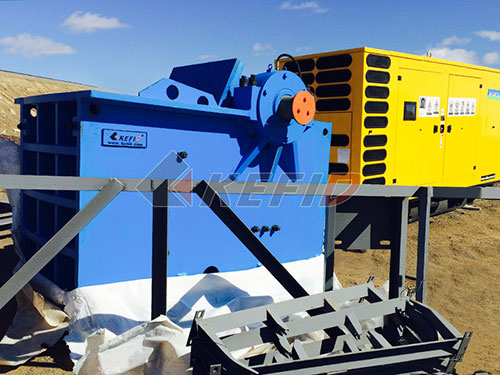
The Unseen Backbone: Engineering Excellence in Concrete Foundations for Cone Crushers
In the demanding world of mineral processing and aggregate production, the cone crusher stands as a pivotal workhorse, relentlessly reducing hard rock into precisely sized fractions essential for construction and industrial applications. While the crusher itself commands attention with its imposing structure and complex internal mechanisms – mantle, concave liners, eccentric drive – its performance, longevity, and safety hinge critically on an element often overlooked yet fundamentally vital: the concrete foundation slab. This seemingly inert mass of reinforced concrete is far more than mere support; it is a meticulously engineered system designed to manage immense static and dynamic forces while ensuring operational stability over decades.
The Crucial Role of the Foundation Slab
A cone crusher operates under extreme conditions. Massive rotating assemblies generate significant centrifugal forces and gyroscopic moments. The crushing action itself produces intense impact loads as rock fragments are compressed between liners hundreds of times per minute. These dynamic forces translate into powerful vibrations transmitted directly into the supporting structure.
An inadequately designed or constructed foundation slab leads to catastrophic consequences:
1. Premature Equipment Failure: Excessive vibration causes accelerated wear on bearings, gears, shafts, liners, and even structural components of the crusher frame.
2. Misalignment: Settlement or movement of the foundation disrupts critical alignments between the crusher drive motor(s), lubrication systems, and internal components like the eccentric assembly.
3. Operational Instability: Uncontrolled vibration reduces crushing efficiency, increases power consumption due to parasitic motion losses, generates excessive noise levels exceeding safety thresholds (OSHA regulations), and creates an unsafe working environment.
4. Structural Damage: Persistent vibration can propagate through surrounding structures – feed hoppers, conveyors transfer points – causing fatigue cracks in steelwork or secondary concrete elements.
5. Costly Downtime: Addressing failures stemming from poor foundations involves extensive disassembly of heavy machinery situated over compromised concrete – repairs are complex, time-consuming, and exorbitantly expensive.
Therefore, investing in a robustly engineered concrete slab is not merely a construction cost; it is a strategic investment in operational reliability, equipment lifespan maximization (>20 years), personnel safety compliance (MSHA/OSHA), and overall plant profitability by minimizing unplanned shutdowns.

Core Engineering Principles Guiding Slab Design
Designing an effective cone crusher foundation transcends simple load-bearing capacity calculations; it demands sophisticated analysis integrating multiple disciplines:
1. Comprehensive Load Analysis:

Leave a Reply